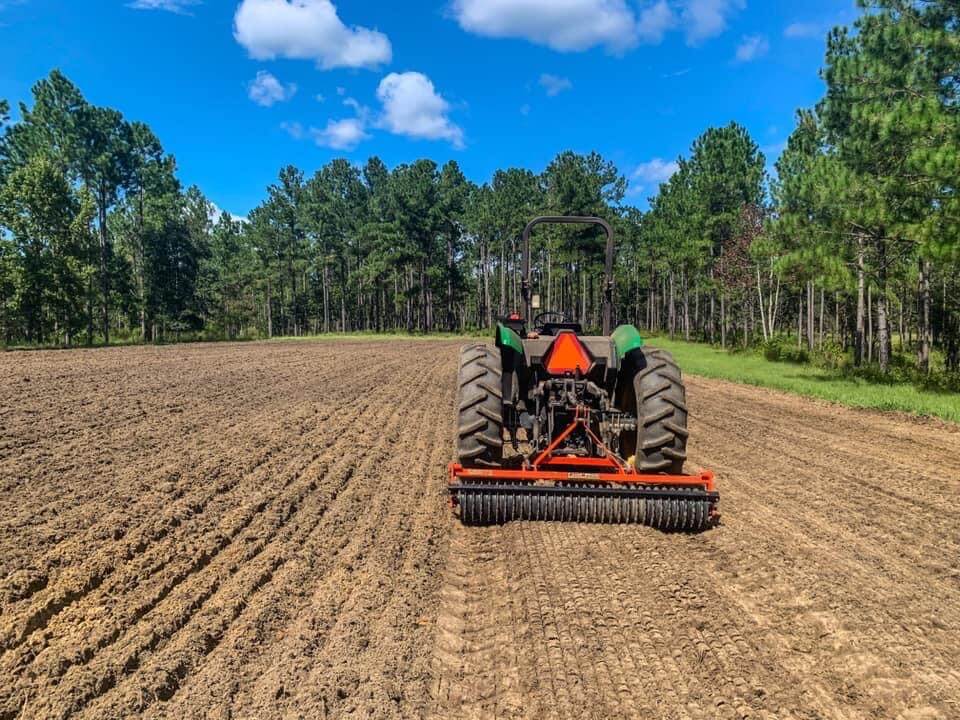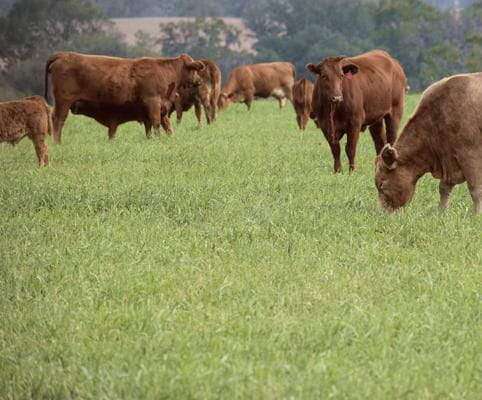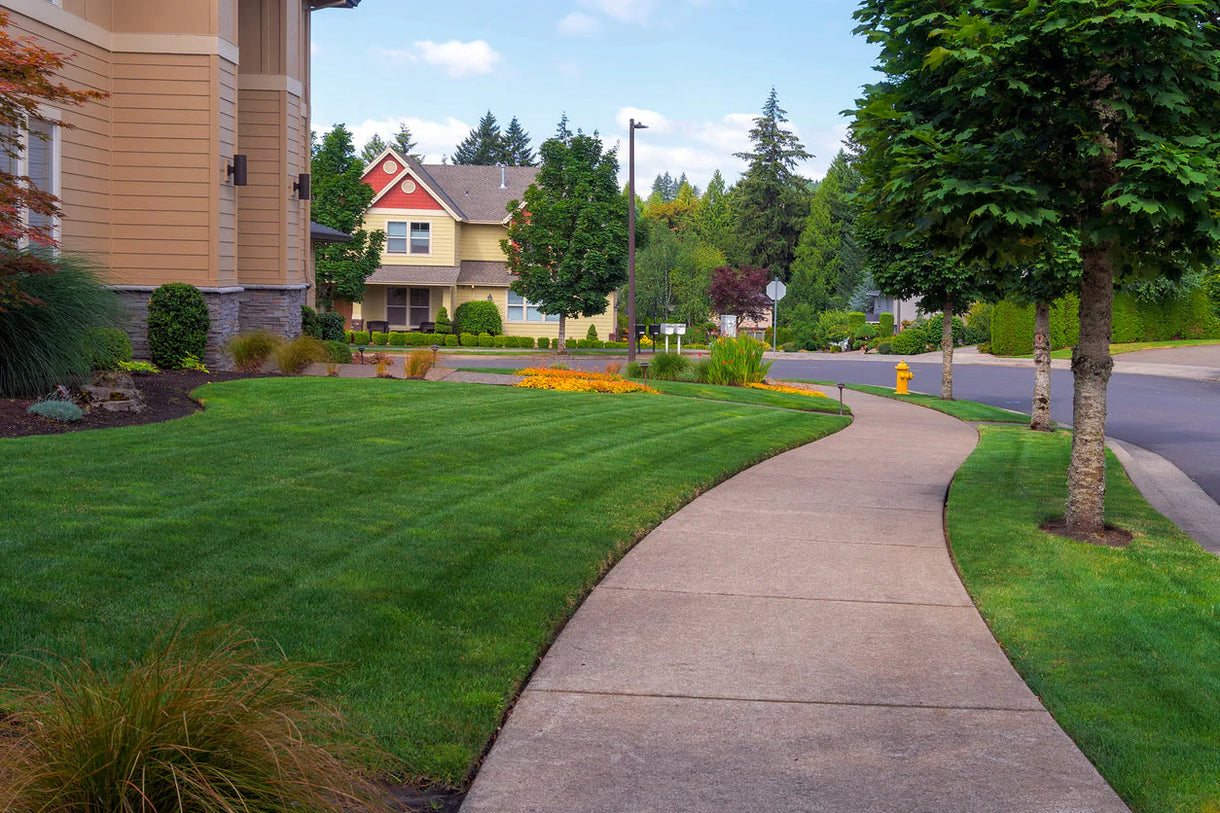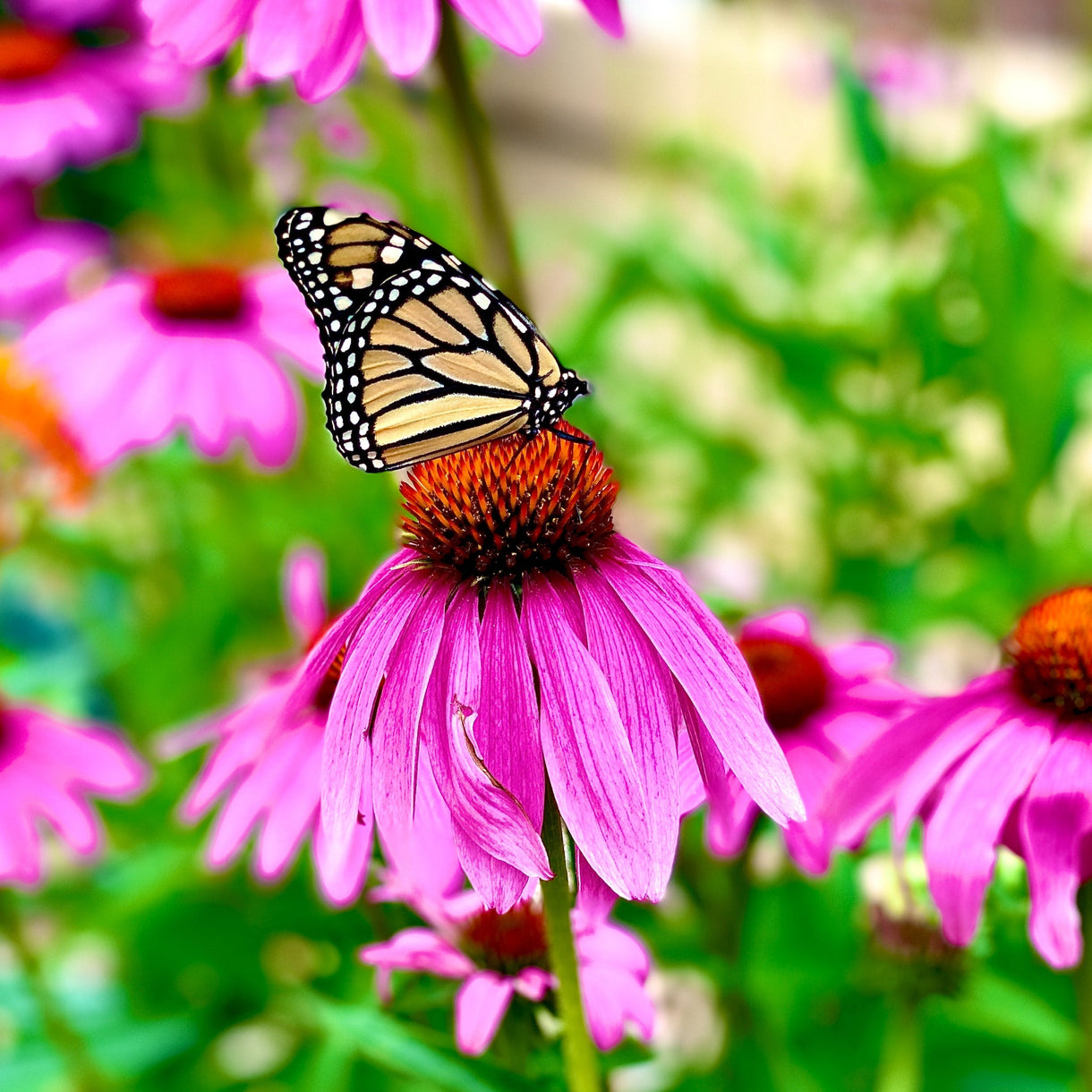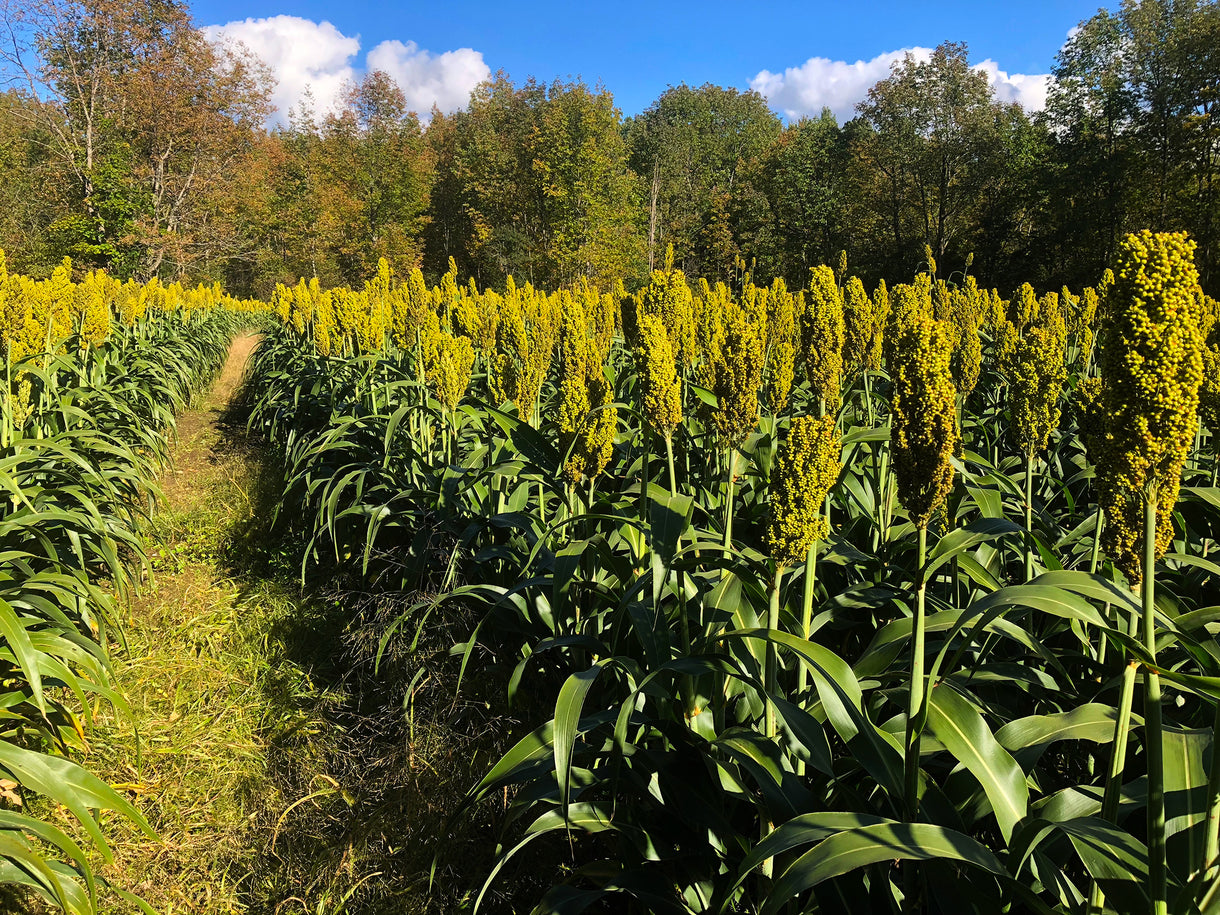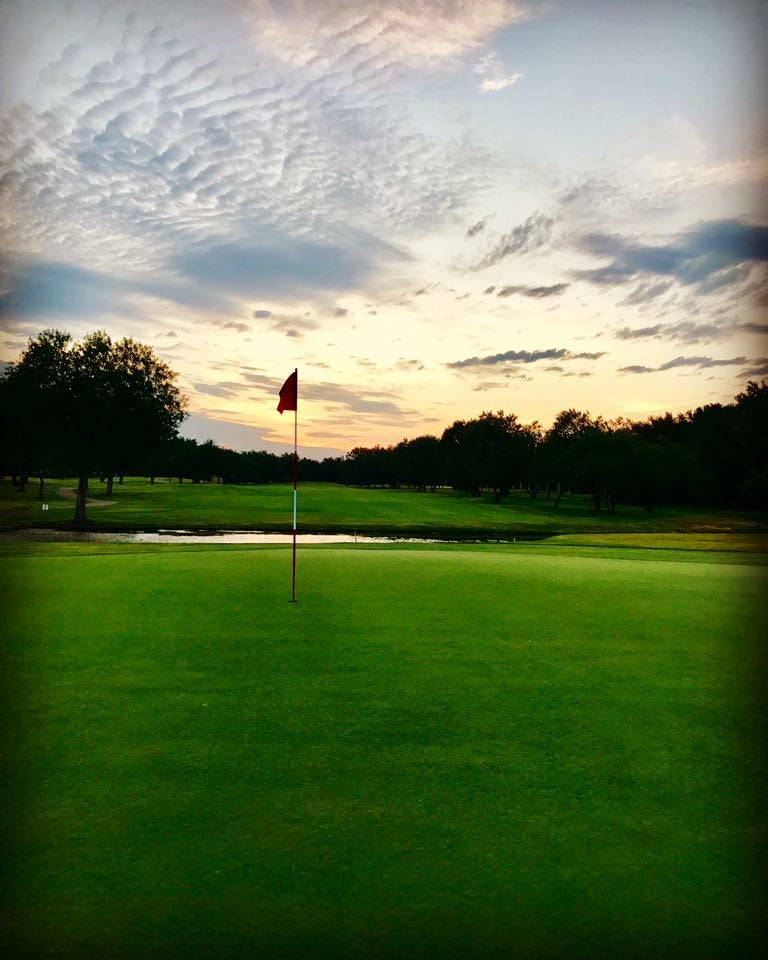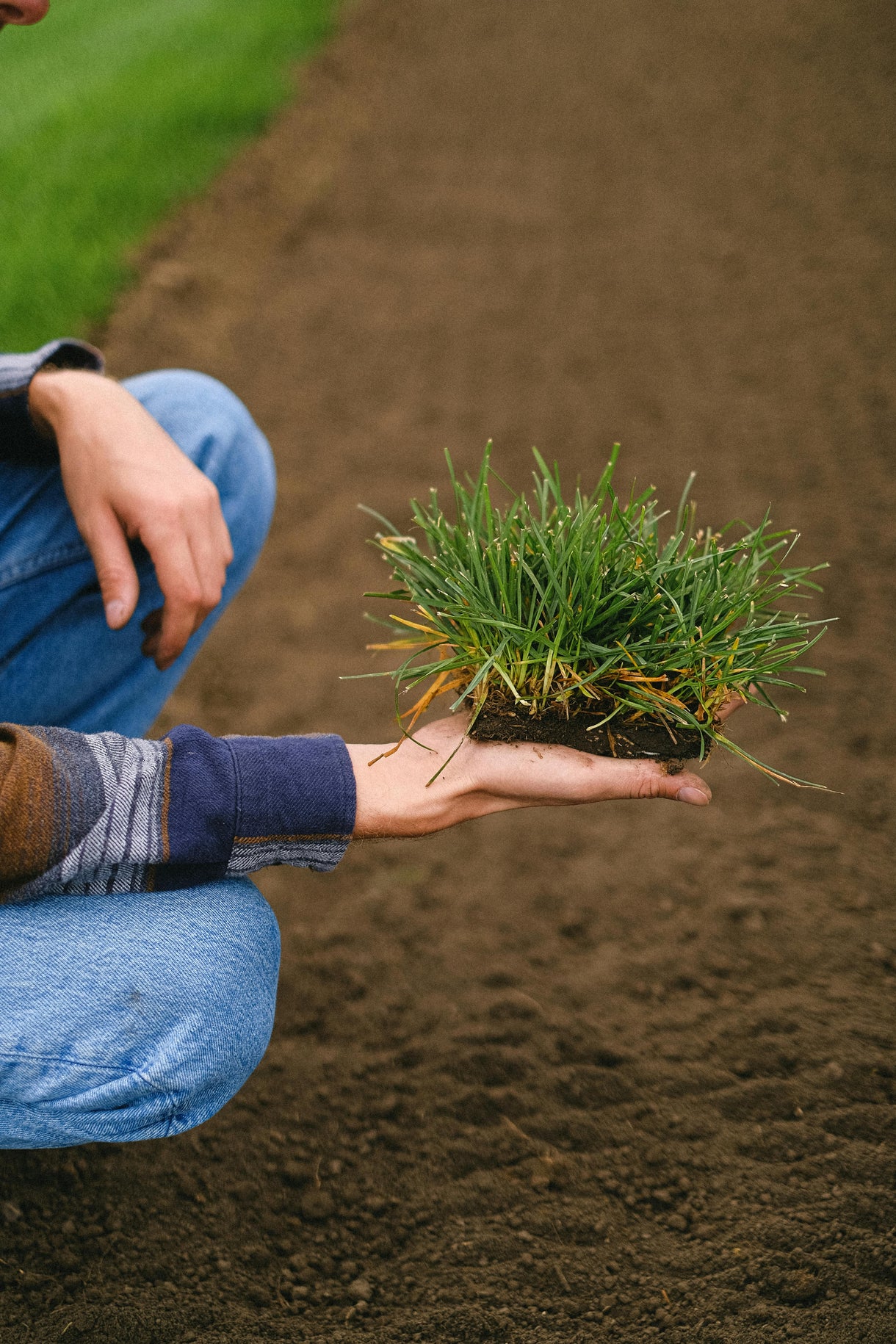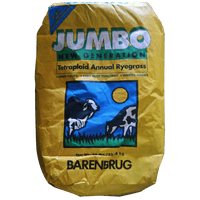Popular Products
Popular Products

Seed Quality
Hancock Seed is dedicated to delivering the best seeds possible to our customers. Hancock Seed grows and harvests many of our products, and we acquire the majority of the rest from other family farmers.
All these seeds are processed, packaged and shipped from Hancock Farm. This helps us ensure that our high standards are met. Unlike much of the competition, we refuse to sell you a seed that was not gathered during the last harvest. You will always receive fresh product from Hancock.
Every seed we grow comes with 40 years of experience behind it...you can rest assured that all of our products are cultivated in a method that assures its potential for growth.
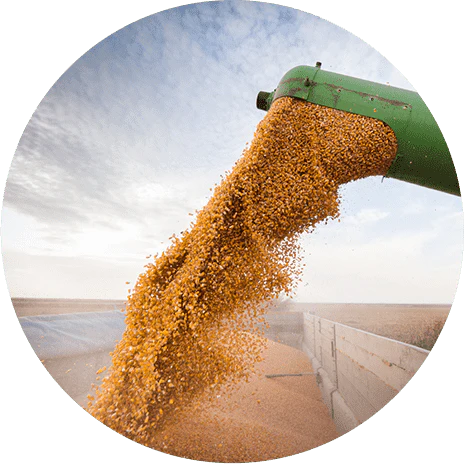
Your cart ( 0 )
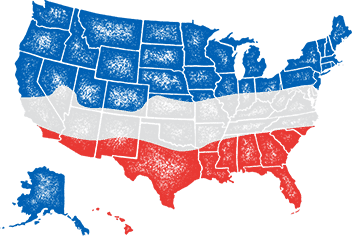
Jumbo Tetraploid Annual Ryegrass is a higher yielding, later-maturing, and winter-hardy modern tetraploid variety suitable for both grazing and mechanical harvesting. Jumbo exhibits erect growth with large leaves and late maturity. Forage benefits include its excellent quality, higher sugar content, increased palatability, higher yields, widely adaptable, better hay and silage, and potential for multiple harvests.
Product Information
- Application or Use: Pasture, Cattle Forage, Livestock Grazing, Cover Crop, Erosion Control
- Germination Time: 5 - 7 days, under optimal conditions
- Growing Locations: Warm Season, Transition Zone, Cool Season
- Height: 8 - 12 inches
- Sunlight Requirements: 4+ hours
- Advantages: Higher yielding, later maturing variety over typical Pasture Ryegrass varieties.
- When to Plant: Recommended planting time is fall and winter when night time temperatures are consistently below 65 degrees.
Product Detail
- Endophyte-free
- Higher sugar content
- Excellent regrowth
- Increased palatability
- Excellent quality
Product Information
Jumbo Tetraploid Annual Ryegrass is a higher yielding, later-maturing, and winter-hardy modern tetraploid variety suitable for both grazing and mechanical harvesting. Jumbo exhibits erect growth with large leaves and late maturity. Cold injury ratings performed in Ardmore, OK prove Jumbo to have superior winter-hardiness. Disease screenings performed at Beaumont, TX and Gainesville, FL prove Jumbo to have superior resistance to gray leaf spot and crown rust. Jumbo not only delivers higher yields with a larger plant, it also delivers higher quality forage through disease and weather resistance.
Forage benefits include its excellent quality, higher sugar content, increased palatability, higher yields, widely adaptable, better hay and silage, and potential for multiple harvests.
Ryegrass is a cool season variety, plant once nighttime temperatures are consistently 65 degrees and below.
*Product packaging may appear different than what is pictured.
Annual Ryegrass is normally planted from September through November. The recommended seeding rate is 20 to 30 lbs. per acre in a well-prepared seedbed. The ideal sowing depth is 1/4 in. Broadcasting and no-till are two of the most popular planting methods. Once established, grazing a Jumbo pasture should commence at a height of 8 to 9 in. Rotational grazing will provide the best yield results, however, Ryegrass will tolerate close and continuous grazing. Ryegrass responds to nitrogen and is tolerant of moderate soil acidity.
In high rainfall areas of the gulf coast, high production can be expected throughout the winter from November to May. Farther north, most of the production is from late February through May.
Ryegrass is a cool season variety, plant once nighttime temperatures are consistently 65 degrees and below.
Instructions
When choosing to start a new lawn, remove old vegetation by using a de-thatcher, power rake or tiller to kill the existing vegetation. Rake or drag the area to remove debris and dead grass for a clean area. Ensure the soil is leveled and loosened to allow the seed to have good soil contact once spread on a clean seed bed.
If you have an area with heavy weed coverage, we recommend starting fresh by killing and removing the existing vegetation. If you choose to use chemicals, herbicides or fertilizers, you must check with the product's manufacturer prior to planting new seed to ensure the proper waiting period.
When overseeding an existing area, mow your lawn at the lowest setting and bag the clippingsx. Rake or drag any areas that have dead thatch or debris.






